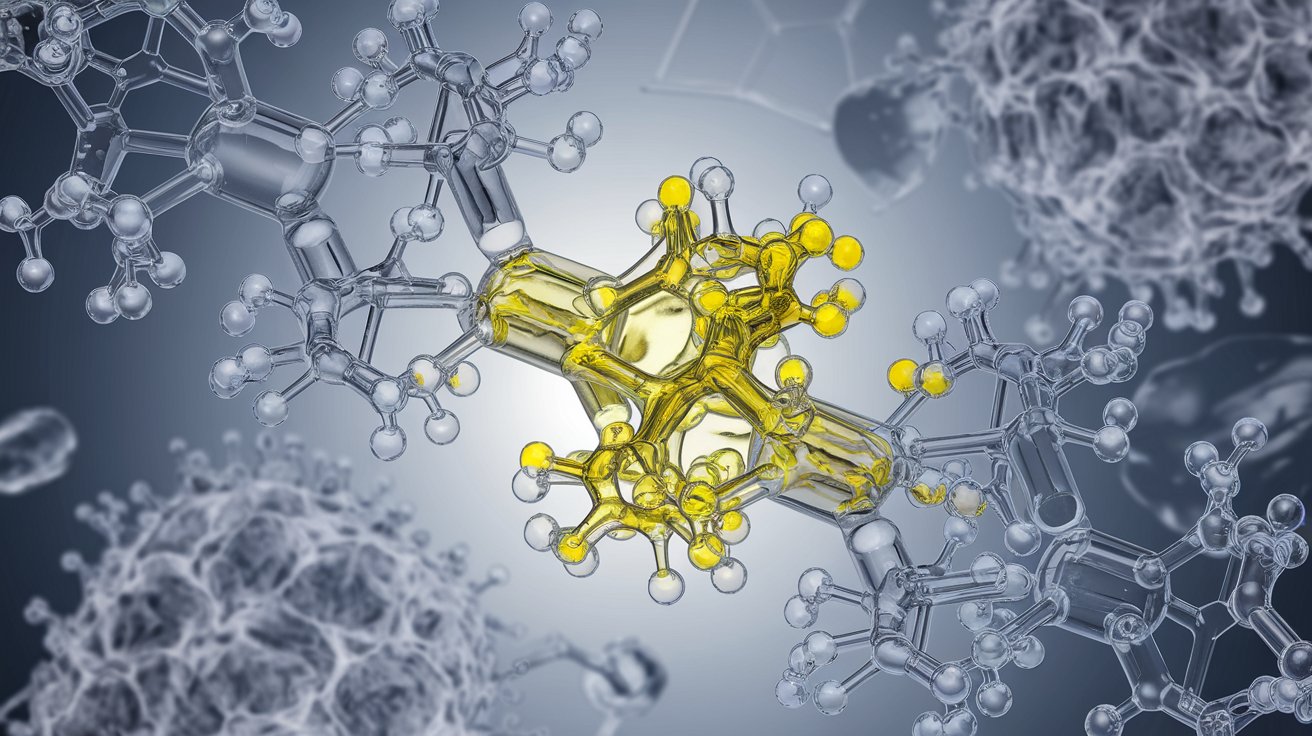
Ferredoxin is a small iron-sulfur protein that plays a crucial role in various biological processes. Found in plants, algae, and some bacteria, this protein is essential for electron transfer in photosynthesis and nitrogen fixation. Ferredoxin acts as an electron carrier, shuttling electrons between different enzymes. Its structure includes iron and sulfur atoms arranged in clusters, which facilitate its electron transfer capabilities. Understanding ferredoxin can help us grasp how plants convert sunlight into energy and how bacteria fix nitrogen, making it vital for both agriculture and energy research. Dive into these 50 intriguing facts about ferredoxin to learn more about this fascinating protein!
Key Takeaways:
- Ferredoxin is a tiny but mighty protein found in plants, bacteria, and algae. It helps in essential processes like photosynthesis, ATP production, and detoxification of harmful substances.
- Ferredoxin's unique structure allows it to transfer electrons, participate in nitrogen fixation, and play a crucial role in photosynthesis. It's like a superhero protein saving the day in the world of biology!
What is Ferredoxin?
Ferredoxin is a small iron-sulfur protein that plays a crucial role in various biological processes. It acts as an electron carrier in cells, facilitating essential reactions. Here are some fascinating facts about ferredoxin:
- Ferredoxin is found in plants, bacteria, and algae.
- It was first discovered in the 1960s.
- The protein contains iron and sulfur atoms.
- It helps in photosynthesis by transferring electrons.
- Ferredoxin is involved in nitrogen fixation.
- It plays a role in the synthesis of chlorophyll.
- The protein is essential for the production of ATP.
- Ferredoxin is crucial for the metabolism of hydrogen.
- It is involved in the detoxification of reactive oxygen species.
- The protein helps in the reduction of nitrate to ammonia.
Structure of Ferredoxin
Understanding the structure of ferredoxin can provide insights into its function. The protein's unique composition allows it to perform its role effectively.
- Ferredoxin has a compact, globular structure.
- It contains iron-sulfur clusters.
- The iron-sulfur clusters are coordinated by cysteine residues.
- The protein's structure is stabilized by hydrogen bonds.
- Ferredoxin's structure allows it to bind to various enzymes.
- The iron-sulfur clusters can exist in different oxidation states.
- The protein's structure is highly conserved across species.
- Ferredoxin's structure enables efficient electron transfer.
- The protein can undergo conformational changes.
- Ferredoxin's structure is studied using X-ray crystallography.
Functions of Ferredoxin
Ferredoxin's primary function is to transfer electrons, but it is involved in many other processes as well. Its versatility makes it indispensable in cellular activities.
- Ferredoxin transfers electrons in the photosynthetic electron transport chain.
- It participates in the reduction of ferredoxin-NADP+ reductase.
- The protein is involved in the synthesis of fatty acids.
- Ferredoxin helps in the production of amino acids.
- It plays a role in the metabolism of sulfur.
- The protein is essential for the biosynthesis of heme.
- Ferredoxin is involved in the detoxification of superoxide radicals.
- It helps in the reduction of sulfite to sulfide.
- The protein is crucial for the synthesis of isoprenoids.
- Ferredoxin participates in the reduction of nitrite to ammonia.
Ferredoxin in Photosynthesis
Photosynthesis is one of the most important processes on Earth, and ferredoxin plays a key role in it. This protein helps convert light energy into chemical energy.
- Ferredoxin transfers electrons from photosystem I to NADP+.
- It helps in the production of NADPH.
- The protein is involved in cyclic electron flow.
- Ferredoxin participates in the reduction of ferredoxin-thioredoxin reductase.
- It helps regulate the Calvin cycle.
- The protein is essential for the activation of certain enzymes in photosynthesis.
- Ferredoxin is involved in the reduction of ferredoxin-dependent glutamate synthase.
- It helps in the assimilation of carbon dioxide.
- The protein is crucial for the production of glucose.
- Ferredoxin participates in the regulation of stomatal opening.
Ferredoxin in Nitrogen Fixation
Nitrogen fixation is a vital process for converting atmospheric nitrogen into a form that plants can use. Ferredoxin plays a significant role in this process.
- Ferredoxin transfers electrons to nitrogenase.
- It helps in the reduction of atmospheric nitrogen to ammonia.
- The protein is involved in the synthesis of nitrogenase components.
- Ferredoxin participates in the regulation of nitrogenase activity.
- It helps in the assimilation of ammonia into amino acids.
- The protein is essential for the production of glutamine.
- Ferredoxin is involved in the reduction of nitrate to nitrite.
- It helps in the conversion of nitrite to ammonia.
- The protein is crucial for the synthesis of nitrogen-containing compounds.
- Ferredoxin participates in the regulation of nitrogen metabolism.
Ferredoxin Facts Recap
Ferredoxin plays a crucial role in photosynthesis and cellular respiration. This iron-sulfur protein helps transfer electrons in various biochemical reactions. Found in plants, algae, and some bacteria, ferredoxin is essential for converting light energy into chemical energy. It also aids in nitrogen fixation, making it vital for agriculture.
Understanding ferredoxin's function can lead to advancements in bioengineering and renewable energy. Scientists are exploring ways to harness its properties for sustainable energy solutions. Its ability to facilitate electron transfer makes it a potential candidate for developing bio-based technologies.
Ferredoxin's importance extends beyond plants. Its role in human health, particularly in iron-sulfur cluster biogenesis, highlights its significance in biomedical research. By studying ferredoxin, researchers can uncover new treatments for diseases related to iron-sulfur cluster deficiencies.
In essence, ferredoxin is a small protein with a big impact on both nature and technology.
Frequently Asked Questions
Was this page helpful?
Our commitment to delivering trustworthy and engaging content is at the heart of what we do. Each fact on our site is contributed by real users like you, bringing a wealth of diverse insights and information. To ensure the highest standards of accuracy and reliability, our dedicated editors meticulously review each submission. This process guarantees that the facts we share are not only fascinating but also credible. Trust in our commitment to quality and authenticity as you explore and learn with us.


